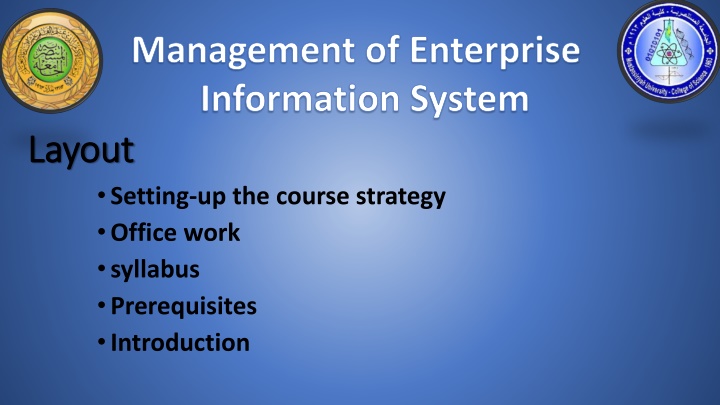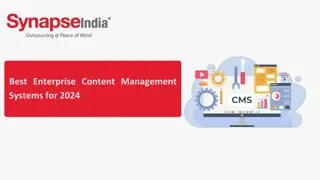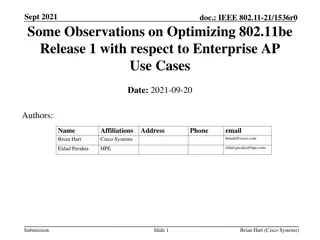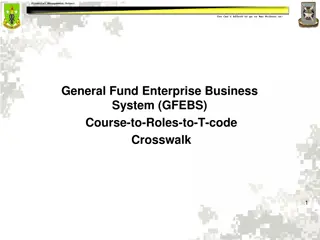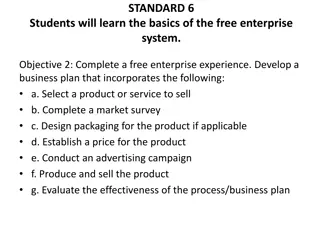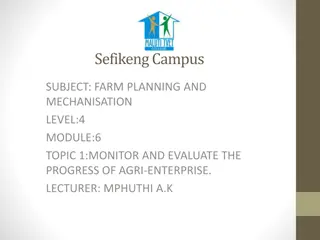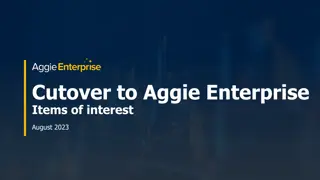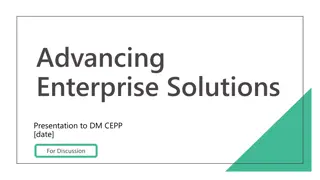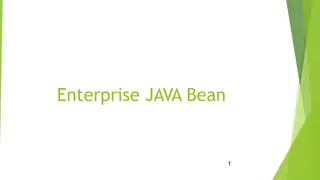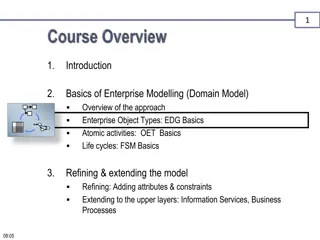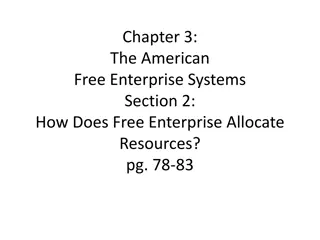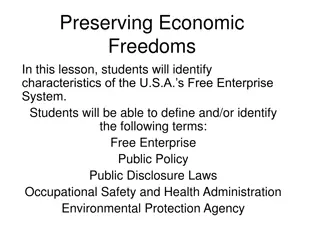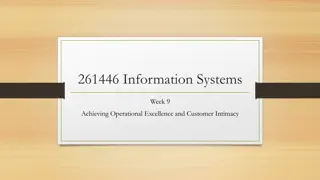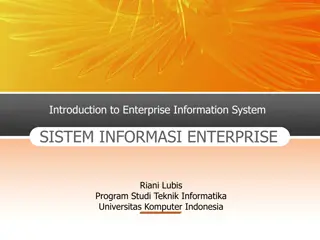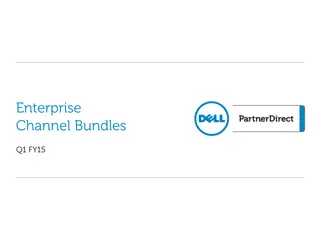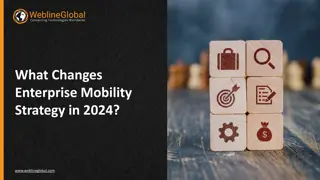Enterprise Information System Management Course Overview
Dive into the world of Enterprise Information System Management with this comprehensive course overview covering topics such as organization structures, decision making, data resource management, IT strategy, and information security. Gain insights into the value of information systems in managing organizations and learn about key technologies and tools for security and control.
Download Presentation

Please find below an Image/Link to download the presentation.
The content on the website is provided AS IS for your information and personal use only. It may not be sold, licensed, or shared on other websites without obtaining consent from the author.If you encounter any issues during the download, it is possible that the publisher has removed the file from their server.
You are allowed to download the files provided on this website for personal or commercial use, subject to the condition that they are used lawfully. All files are the property of their respective owners.
The content on the website is provided AS IS for your information and personal use only. It may not be sold, licensed, or shared on other websites without obtaining consent from the author.
E N D
Presentation Transcript
Management of Enterprise Information System Layout Layout Setting-up the course strategy Office work syllabus Prerequisites Introduction
Course Strategy and Officework Please commit yourself to lecture time ( late arrival are not acceptable), there is a marks assign for attendance. Write down your notes regarded the information during lecture time. Class materials could be downloaded from the profile ( university website). Homework is a must and must be delivered within the time frame given for each assignments. You should finish minimum of 3 quizzes during the course and (2 Exam). So be prepared to take a quiz at any time.
Week 1 topic description An introduction to Organization and information system Information concepts: Data, Information Knowledge Characteristic of valuable information Information system components Value of Information in Managing in the Internet Era, the IT interaction model, Challenges for the manager-what information to build? how much to spend on information systems? the organization structures, Methodologies, types :OAS,TPS, MIS, DSS and ES Decision making with MIS-Tactical decisions-operational decisions and strategic decisions. communication in organizations Database Application System, Warehouse Vs. database, Big data. information systems and competitive strategy- value chain, the Role of CIO-information system s plan-vendor coordination-technology updates- return on investment on technology. Managing Business Process Business process Documentation ERP Systems Introduction, Supply Chain Management Relationships Management Systems, Challenges of Enterprise Systems Implementations- Managing the implementation, Outsourcing, Reengineering Vs continuous Improvement Outsourcing, On-Demand Computing, and Downsizing 2 Managing Organizations Information Systems 3 Decision making and communication 4 Data Resource Management Competing with IT and It strategy 5 6 Business Process Integration with IT, 7 Systems, Customer SCM, CRAM and International Systems 8International Information Systems- Outsourcing 9 MIS Basics: Hardware, Software, Networking, and Security Productivity Return on Investment and the Value of Information Systems Net present value Risk and Disaster recovery The 3 principles of information security (CIA) Best practice of institution security system techniques: Access control , Intrusion detection systems, Antivirus software 10Technologies and Tools for Security and Control
Understanding Understanding the keywords Management, Information, and System Management, Information, and System the keywords Management? Planning, control, and administration of an organization. Management is generally hierarchical: Top managers handle planning; Mid career managers control; And, junior managers administer. Information? Processed data to support management functions Information Vs Data Raw facts representing events. Organized and arranged in standard formats. Arranged to ease understanding and use. Rendered to support decision making.
What is a System? (in the context of MIS) An inputs processing - output and feedback matrix. Supports the processing of data into information. A system is a group of interrelated components working together toward a common goal by accepting inputs and producing outputs in an organized transformation process. Information system (IS) is an organized combination of People, Hardware, Software, and data Resource that collects, transforms and distributes information in an organization.
Management Information System Management Information System A management information system (MIS) is a system or process that provides the information necessary to manage an organization effectively. Used by managers throughout the organization to help them in directing, planning, coordinating, communicating, and decision-making.
Management information system Core goal is to make raw data into useful information that help managerial decision making An organization with a well-defined information system will generally have a competitive advantage over organization with poor MIS and no MIS
Management information systems (MIS) Use the transaction data to produce information needed by managers to run the business What is transaction Data Transactional data are the elements that support the on-going operations of an organization .
What are the reasons for MIS? The MIS plays the role of information generation, communication, problem identification and helps in the process of decision-making. The MIS, therefore, plays a vital role in the management, administration and operation of an organization MIS provides the necessary information to the managers and supervisors at various levels
Advantages Of Advantages Of MIS MIS 1.Helps In Managing Data 2. Analyses Trends : MIS uses various mathematical tools for analysing the current market trend and predicting future trends based on such information. 3. Helps in Strategic Planning:It helps in determining the future needs of the company and assists in formulating goals and strategy based on the information provided by MIS. 4.Goal Setting :MIS is considered suitable and material for determining the goal of an enterprise. Also, MIS reporting includes the current market trend analysis and prediction of the future trend. 5. Problems Identification :In case any problem arises, MIS reports are quite helpful in identifying the source of the problem. And help in finding the solution to such an issue. 6.Increases Efficiency :The information provided by MIS and reporting is utilized in formulating goals , strategy of the company and used to assess business. Hence, MIS plays a vital role in increasing the efficiency of the company. 7.Comparison Of Business Performance
Functional area of an organization Functional area of an organization Sale and marketing Manufacturing Finance Accounting Human Resource (HR) Strategic level of information Management level of information Operational level of information
Evolution of Evolution of MIS MIS At first, MIS treated data and reported at regular intervals. Later, data was distinguished from information; MIS had to present information in formats that: The concept of exception reporting makes MIS more impactful Data is summarized accessible to authorized parties. But processed further to suit the needs of different users. Data is one, but viewed in different ways. Recent MIS
